Melilot /elilotus L./ is a biennial herbaceous plant of the Fabaceae family, which is high, with an erect stem, reaching a height of 1 meter. The flowers are yellow or white. They are collected in a number of racemose inflorescences that develop on the tops of the stems of the herb or its side branches. The fruit of the plant is a bean with yellow-green seeds.
Melilot may be found under the names big Aster, yellow and honeys melilot. Grows in moist grassy places, found in many crops as a weed. Appears mostly up to 1000 m altitude.
Types of melilot
Melilot /Melilotus officinalis/ - blooms in June-September. Its colors are elongated racemose inflorescences, nestled in the bosom of the upper leaves of the plant. The crown is yellow, with five petals. Melilot grows throughout Europe, without the northern end.
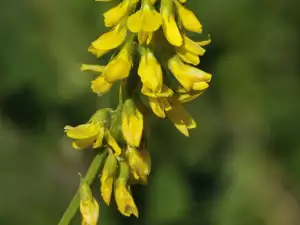
White melilot /Melilotus albus/ - very dry and frost- resistant plant, which has a highly developed root system with multiple roots that reach 2 meters deep. The colors of white melilot are small, white and numerous. The fruit is yellow-brown pod, which has one sharpened to the top seed. Each plant has a very large amount of flowers - about 1, 500. Ripens in August. Like normal melilot, white flowers in June to September. White melilot grows around damp grassy places as a weed all over Europe, North Africa and Asia.
Composition of melilot
Melilot contains coumarin glycosides, which during the hydrolysis provide approximately 0.2% melilotonin, 1% coumarin, various resins, tannins and mucilage, flavonoids.
The composition of white melilot take almost the same compounds - coumarin glycosides, gum, mucus and tannins, mineral salts, saponins, crude fat.
Collection and storage of melilot
Melilot is collected from May to August. Usable parts are top of the herb stems with flowers and leaves. It is necessary to cut the top parts of flowering stems that are 15-20 cm long knotted on strands and dried in a shady but airy place. The dried herbs have a very pleasant aroma of coumarin, which is likened to the smell of dried hay. The raste is sticky, slightly bitter and salty.
Application and Benefits of melilot
White melilot is a very valuable honey plant. The extraction of honey from one acre of melilot ranges from 30 to 80 kg. It gives a very large amount of nectar. Honey from white melilot has excellent taste, and it is very good for the health. As well as a honey plant, white melilot is a valuable feed for farm animals. Used as both fresh and dried.
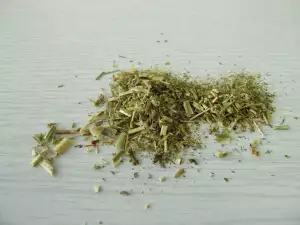
Both white and yellow melilot have many health benefits. Through research, it was found that coumarins contained in melilot have a suppressant effect on the central nervous system, and have a strong anticonvulsant drug action. Experiments conducted on rats showed that coumarins improve the reflex activity in artificially induced encephalopathy. Internally taken melilot extract improves the liver in experimental animals. The extract derived from melilot lowers blood pressure.
In experimentally induced edema and inflammatory arthritis, it was found that coumarin extracted from melilot has a strong anti-inflammatory action.
Stems of melilot are used to treat varicose veins, ischemia of the heart and other pathological conditions that are associated with circulation problems and swelling of the lymph. Coumarin in the herb has a strong protective effect on the mucous membranes of the vascular walls. It seals capillaries and improves the ability to move the blood through the increased plasticity of erythrocytes. Furthermore, these substances have very good antithrombotic activity.
Coumarin has a cleansing effect on organs, in respect of oxygen free radicals that are the main culprit for the damage to the vessel wall. Just this effect prevents inflammation and the appearance of wall thickening and fibrosis.
White melilot has many health benefits. It has a very good neuro- tranquilizer and soporific effect, acting as an analgesic and anticonvulsant. It is useful for women in menopause, in painful menstruation, intestinal problems for boils and other inflammation, swelling from insect bites in breathing and hemorrhoids. White melilot is used to increase the milk of lactating women.
Melilot in folk medicine
Melilot is widely used in folk medicine. Most often used as an emollient and a pain killer for insomnia and increased excitability. Both white and yellow melilot are used for external application to boils and festering wounds. It is useful in inflammation of the middle. For this purpose, brew the herb.
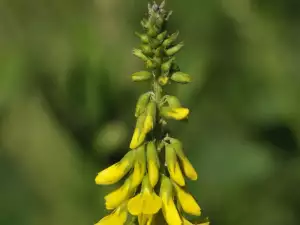
In rheumatic swellings of the joints, apply a bath with local infusion of melilot. Internally attached melilot is useful in inflammation in the upper respiratory tract in flatulence and high blood pressure. In folk medicine, melilot is very widely used for headaches. For this purpose, the flowers and leaves, which are soaked in brandy or alcohol, undergo about 10-15 days straining. This extract is used externally, as it is a type of wet cotton to have on the head.
For external applications, it is necessary to make infusions. In 400 ml of boiling water, put 1 tablespoon of the herb and soak for half an hour. The resulting brew is filtered and taken three times a day before meals.
For inflammation of the lining of the mouth, use tea, which is composed of equal parts of chamomile flowers, marshmallow root, ground melilot, mallow flowers and three parts linseed. One tablespoon of this mixture is poured in a cup of boiling water and brewed for 15 minutes. The mixture is filtered through a gauze and while still warm is splashed backwards and forwards to the throat and mouth.
Dangers of melilot
Prolonged intake melilot can cause undesirable and serious side effects - nausea, drowsiness, headache and vomiting. In violation of the technology of storing and drying the herb, very severe poisoning may occur. This is explained by the process of melilot’s decay, during which it generates dicumarin - a substance that prevents the formation of prothrombin and other clotting factors. As a result, this leads to severe bleeding.
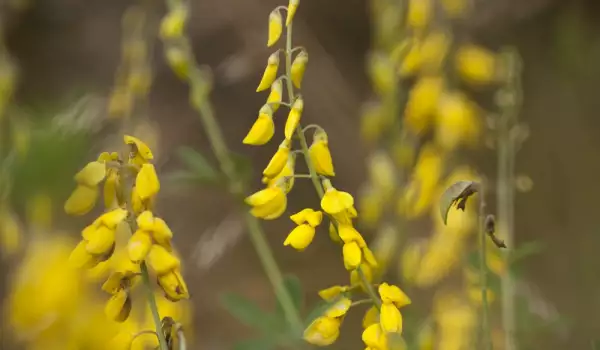
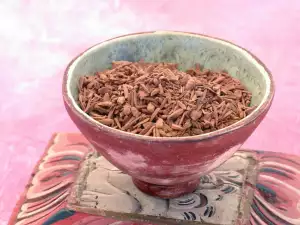
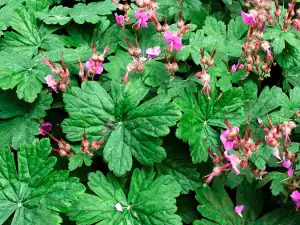
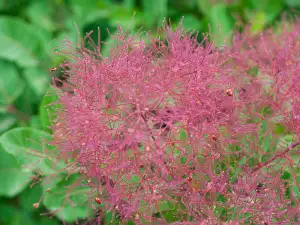


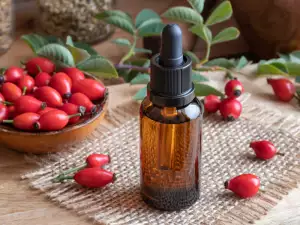
Comments